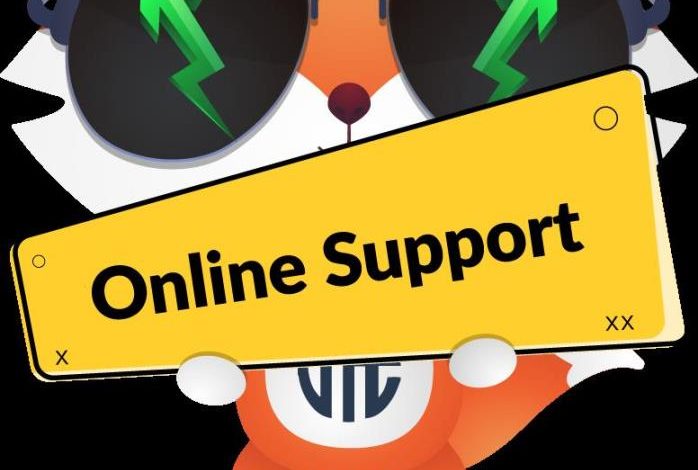Exploring Commodity Trading: Understanding the Market Dynamics at Minneapolis Grain Exchange (MGEX)

Exploring Commodity Trading: Understanding the Market Dynamics at Minneapolis Grain Exchange (MGEX)
Introduction to Commodity Trading
Commodity trading is a crucial aspect of the global market. It involves buying and selling primary goods, such as agricultural products, energy resources, and precious metals. One of the prominent exchanges in the United States where this trading takes place is the Minneapolis Grain Exchange (MGEX).
What is the Minneapolis Grain Exchange (MGEX)?
The Minneapolis Grain Exchange, also known as MGEX, is a commodities and futures exchange located in Minneapolis, Minnesota. Established in 1881, it has a long-standing history of facilitating trade in agrarian products, particularly hard red spring wheat futures and options contracts.
Understanding Market Dynamics at MGEX
Commodity trading at MGEX is influenced by various market dynamics. Here are some key factors that affect the market:
1. Supply and Demand: Like any other market, commodity trading at MGEX is highly influenced by the forces of supply and demand. Factors such as weather conditions, crop yields, and global economic trends influence the availability and demand for agricultural commodities.
2. Speculation: Speculators play a significant role in commodity trading. They take advantage of price fluctuations and use futures contracts to hedge against potential losses or profit from price movements. Speculation can add volatility to the market.
3. Government Policies: Government interventions and policies regarding agriculture, trade, and subsidies can impact the commodity market. Changes in regulations, import-export policies, and taxes can affect the trading environment at MGEX.
4. International Trade: Global trade dynamics greatly influence the commodity market. Changes in foreign exchange rates, trade agreements, geopolitical events, and trade disputes can impact the demand and supply of commodities traded at MGEX.
Frequently Asked Questions (FAQs)
Here are some frequently asked questions relating to commodity trading on the Minneapolis Grain Exchange:
1. How can I start trading commodities at MGEX?
To start trading commodities at MGEX, follow these steps:
a. Choose a commodities broker: Select a reputable broker who can facilitate your trades.
b. Open a trading account: Provide the necessary documentation and open an account with your chosen broker.
c. Learn the basics: Familiarize yourself with commodity trading, market analysis, and risk management strategies.
d. Start small: Begin by trading a smaller position size until you gain experience and confidence.
2. What types of commodities are traded at MGEX?
MGEX primarily focuses on agricultural commodities, particularly hard red spring wheat futures and options contracts. Additionally, they also trade other grain products such as corn, oats, and soybeans.
3. How do I mitigate the risks associated with commodity trading?
Risk management is crucial in commodity trading. Here are a few strategies to mitigate risks:
a. Set stop-loss orders: Determine the maximum loss you are willing to accept and set stop-loss orders to automatically exit a trade if the price reaches that level.
b. Diversify your portfolio: Spread your investments across various commodities to reduce the impact of a single commodity’s price movement.
c. Stay informed: Stay updated on market news, reports, and analysis to make informed trading decisions.
d. Utilize risk management tools: Use protective options strategies, such as buying puts or using spreads, to hedge against potential losses.
Conclusion
Understanding the market dynamics at the Minneapolis Grain Exchange (MGEX) is crucial for anyone interested in commodity trading. Factors such as supply and demand, speculation, government policies, and international trade greatly influence the market. By educating yourself on these dynamics and implementing effective risk management strategies, you can make informed trading decisions.
Remember, commodity trading carries inherent risks, and it is crucial to conduct thorough research and seek advice from professionals before venturing into this field. Happy trading!
Remember to optimize the blog post by incorporating relevant keywords within the content and including meta tags and meta descriptions. Additionally, promoting the blog post through social media channels and linking to authoritative sources can further boost its search engine visibility.